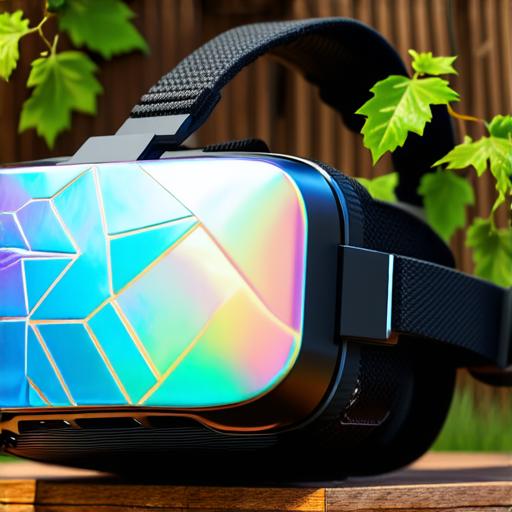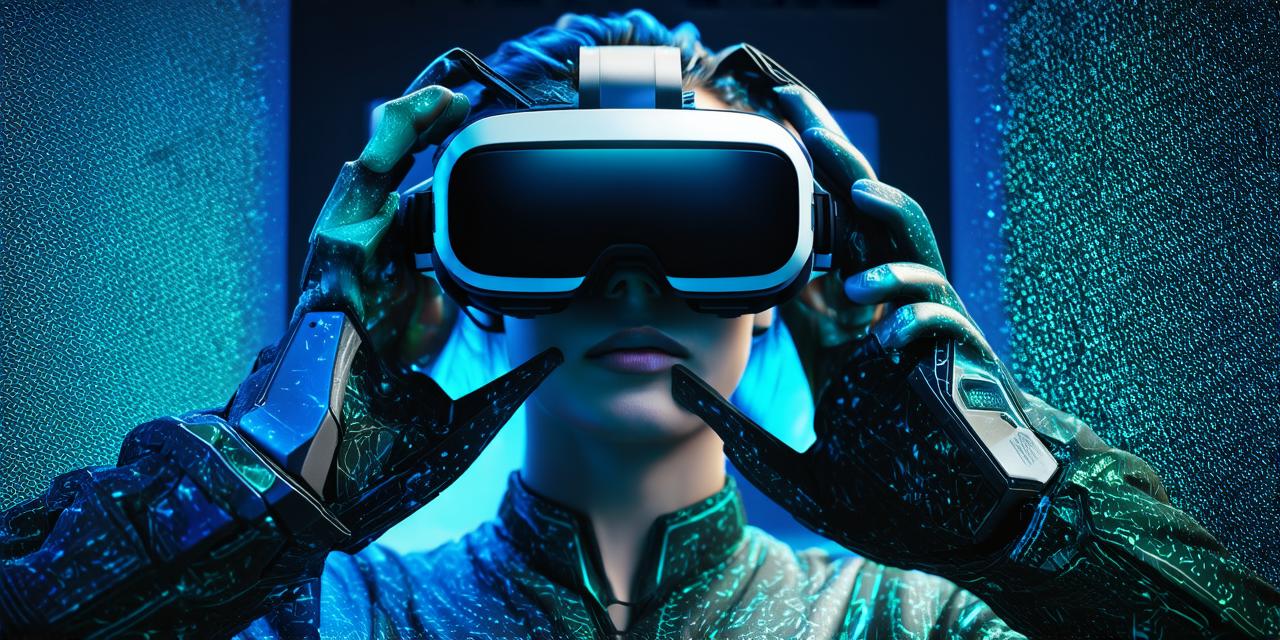Virtual reality (VR) technology has revolutionized the way we interact with the world around us. With its ability to create immersive environments and experiences, VR has found applications across various industries, including gaming, healthcare, education, and entertainment.
History of Virtual Reality
Virtual reality can be traced back to the 1960s when researchers at MIT developed a head-mounted display (HMD) that allowed users to see a computer-generated image in front of them. However, it wasn’t until the 1980s and 1990s that VR technology really started to take off.
In 1992, the first commercial VR system was launched, called the Virtual reality theater system (VRTS).
Since then, VR technology has continued to advance rapidly, with companies like Oculus and HTC leading the charge in developing new hardware and software that allows users to experience immersive environments and experiences.
Today, VR is becoming increasingly mainstream, with more and more people using it for a variety of purposes.
How Virtual Reality Works

Virtual reality works by tracking the movement of a user’s head and adjusting the image they see in real-time based on that movement. This is achieved using sensors that are attached to the HMD, which detect the position and orientation of the user’s head.
The VR system then uses this information to generate a 3D environment that matches the user’s movements.
The key to making VR immersive is creating a sense of presence, or the feeling that the user is actually in the virtual world they are experiencing. This is achieved through a combination of factors, including high-resolution graphics, realistic lighting and sound effects, and motion tracking technology that accurately tracks the user’s movements.
Uses of Virtual Reality Technology
Virtual reality has a wide range of applications across various industries. Here are some examples:
Gaming
Virtual reality has revolutionized the gaming industry by providing players with an immersive experience that was previously impossible. VR games can be played on a variety of platforms, from desktop computers to dedicated VR consoles like the Oculus Rift and HTC Vive.
Some popular VR games include “Beat Saber,” “Job Simulator,” and “Tilt Brush.”
Gaming with VR provides players with a level of immersion that traditional gaming can’t match. Instead of simply watching a game on a screen, players are fully immersed in the virtual world, allowing them to interact with the environment and characters in ways that were previously impossible.
This has led to the development of entirely new genres of games, such as first-person adventure and puzzle-solving games.
Healthcare
Virtual reality has also found its way into healthcare, where it is being used for a variety of purposes. For example, VR can be used for medical training, allowing doctors to practice surgical procedures in a safe environment before performing them on real patients.
It can also be used for therapy, helping patients with conditions like PTSD, anxiety, and depression to overcome their fears in a controlled environment.
One area where VR is particularly promising is in the field of pain management. By creating immersive environments that distract from pain, VR can help reduce the amount of medication needed to manage chronic pain conditions. This has the potential to improve patient outcomes and reduce healthcare costs.
Education
Virtual reality has the potential to revolutionize education by providing students with a more engaging and immersive learning experience. For example, VR can be used to take virtual field trips, allowing students to explore historical sites or natural wonders that they may never have the opportunity to see in person.
It can also be used for language learning, allowing students to practice speaking in a virtual environment with native speakers from around the world.
One of the key benefits of VR in education is its ability to provide students with hands-on experiences that would be difficult or impossible to replicate in real life. For example, students could virtually dissect an animal to learn about its internal organs, or they could explore the solar system to learn about astronomy.
Entertainment
Virtual reality has also found its way into entertainment, where it is being used for a variety of purposes. For example, VR can be used for live events like concerts and sports games, allowing fans to experience the event as if they were really there.
